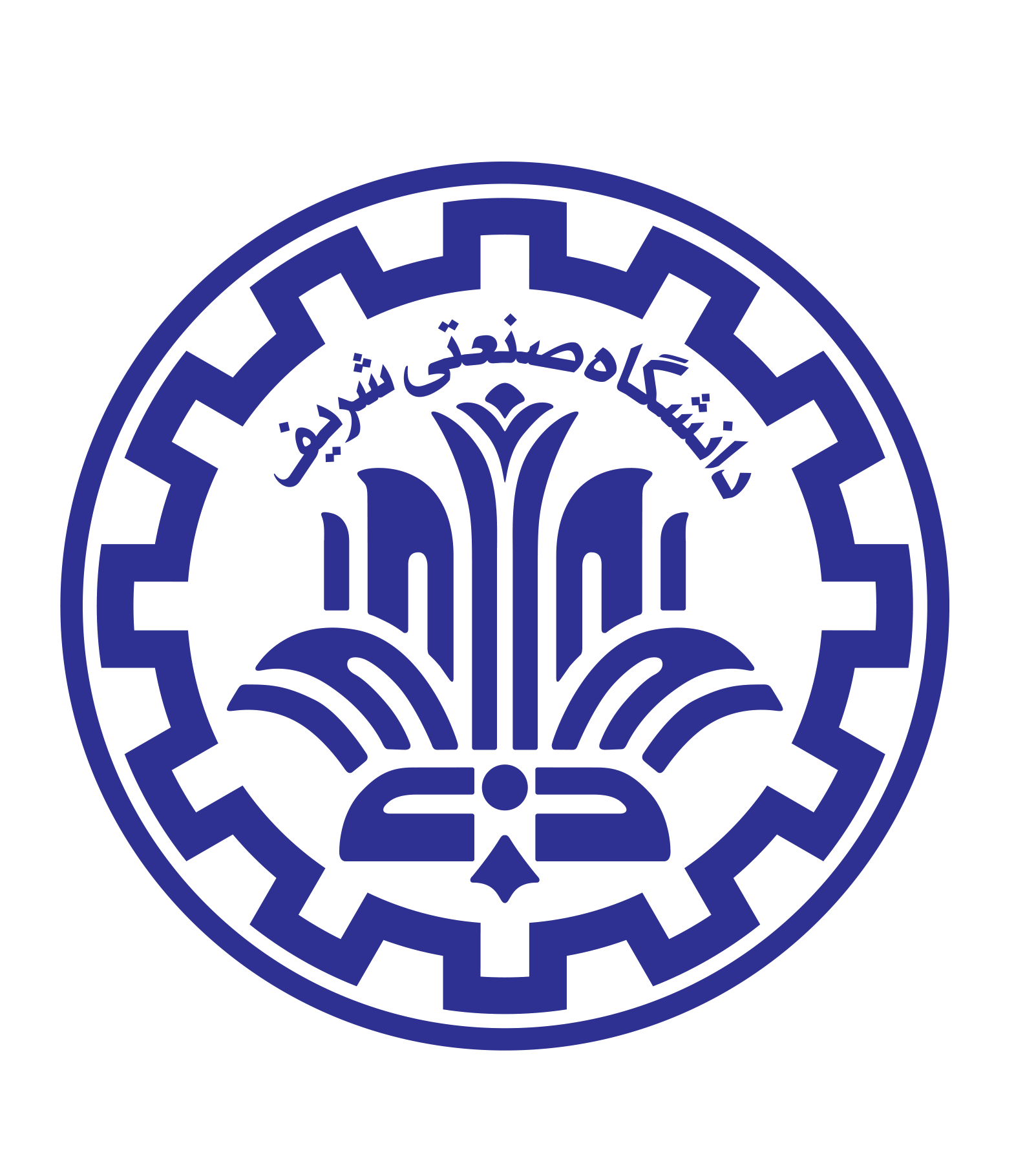Hossein M. Shodja

Carbon nanotubes (CNTs) with and without end caps may be used for fluid storage and transport, respectively, referred to as CNT-nanovessel and CNT-nanopipe. The determination of the stiffness in the hoop (circumferential) and radial directions, ideal hoop strength, and hoop stress-strain curve of such nanostructures is of particular interest. Due to the proposed viewpoint, a chiral free-standing single-walled CNT (SWCNT) has a natural angle of twist and natural extension along the axis of the tube. For example, for the SWCNT (9,3) with diameter of 0.85 nm and chirality angle of 13.9°, the natural angle of twist per unit length is 1.45✗10-3 rad/nm. Previously, only Vercosa et al. (2010) who used extended tight-binding calculations have noticed the natural twist. The work of Delfani et al. (2013) and the current study are the first to lay down an analytical formulation for arriving at this phenomenon. This natural angle of twist has a remarkable effect on both the mechanical and electronic properties of chiral CNTs. It will be shown that application of the internal pressure results in twist of the chiral CNT-nanovessels/nanopipes. The sign change in the angle of twist associated with a tube of a given structural index occurs at a certain level of internal pressure (hoop strain), which progressively increases with the tube's radius. In the present work, the description of the mentioned properties is achieved through an exact analytical formulation in the framework of continuum mechanics for large deformations. To this end, a strain energy density function which includes the chirality angle of the CNT as well as the fourth-, sixth-, eighth-, and tenth-order elastic moduli tensors of graphene is proposed. In the context of the current study, SWCNT is an elastica obtained from bending of a graphene sheet, and the graphene sheet may be referred to as a lamina. Accounting for the residual elastic fields, commonly neglected by other authors, within a free-standing CNT, merely resulted from bending of graphene, is indeed essential for an accurate analysis of the CNT subjected to subsequent internal pressure. A key feature of the present formulation lies in its simplicity without resort to approximations, empirical potentials, or costly ab initio calculations. Availability of analytical solution provides an in-depth insight to the mechanical behavior of CNTs. In particular, among the analytical expressions, the exact closed-forms for the radial and hoop Young's moduli and hoop ideal strength for CNT-nanovessels/nanopipes are derived.

The variation of the pressure-induced angle of twist versus hoop strain for chiral (a) nanovessels, and (b) nanopipes with the structural index, (3n, n) or equivalently chirality angle, β = 13.9°. The plots on the right have been magnified with respect to φ to show the behavior of the curves in detail.
Carbon nanotube, Nonlinear constitutive relation, Hoop elasticity, Internal pressure, Pressure-induced twist